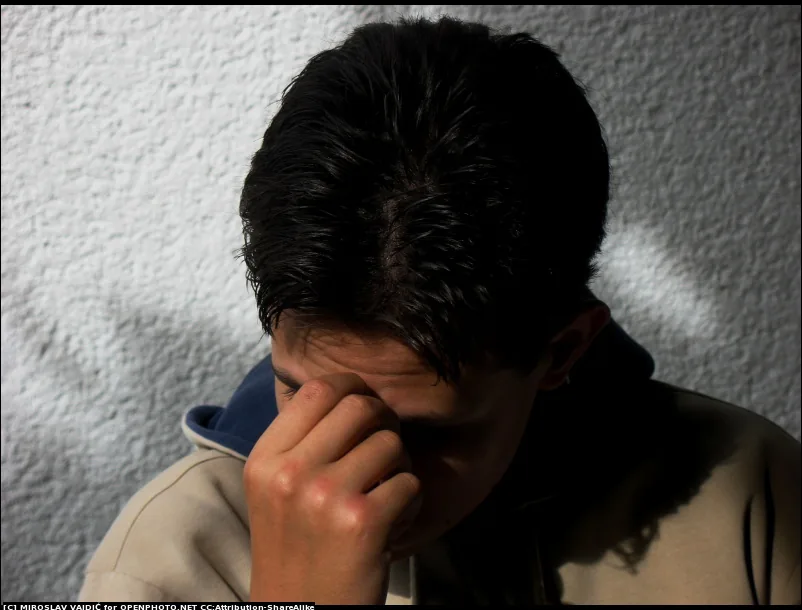
Major Single Car Crash Near Lodi
Major Single Car Crash Near Lodi Major Single Car Crash Near Lodi I’m Ed Smith, a Lodi auto accident attorney. Some of the most catastrophic…


Major Single Car Crash Near Lodi Major Single Car Crash Near Lodi I’m Ed Smith, a Lodi auto accident attorney. Some of the most catastrophic…

Elk Grove Personal Injury Lawyer Discusses NFL Player Brain Injuries Over the years, the NFL has undergone extreme criticism for its failure to take…

Does this equation ring true: more bicycle commuters = more bicycle injuries? According to a recent report from the American Medical Association journal (JAMA), the…

Elk Grove Man Laid to Rest Evan James Robertson, 23, of Elk Grove was laid to rest over the weekend after dying at the scene…

Concussions and closed head injuries, also known as traumatic brain injuries, are common injuries following an auto or motorcycle accident. I have represented many clients over the years…

Closed head injuries, also known as traumatic brain injuries, are not so easily seen following an auto or motorcycle accident. But they are very common,…

Common Fractures after a Motor Vehicle Accident Common Fractures occur in Motor vehicle accidents with high-velocity impacts. There can be fractures to many different bones…

By the late 1980s, states in the U.S. began adopting a variety of bicycle helmet laws to improve safety and reduce serious injuries. Studies have…

Tinnitus — a chronic condition of ringing or other sounds in the ears, the symptoms of which can range from annoying to disabling — can…

Something about crane accidents capture the imagination and horror of many. When a tragic crane accident occurs, it is often front page news, perhaps because…

Falling trees or tree limbs have sadly resulted in severe debilitating injuries and even death. An injured party has the right to seek compensation for…

A bright blue sky, a beautiful mountain or body of water – as Spring Break 2015 descends upon us, thoughts turn to an outdoor fun…

Backyard trampolines are very common here in Sacramento due to our year-round mild weather; and bouncing has been a great way for kids to burn…

A recent article on Fox hi-lited a San Diego accident where a father was pushing a baby carriage across an intersection while walking with…

People who have sustained catastrophic injuries (and their families) are often in need of very specific, specialized information regarding the injury suffered, the latest care…

Experts Utilized in Catastrophic Injury Cases — Severe Burn Injuries Just as every catastrophic injury is unique and every victim is unique, so are the…